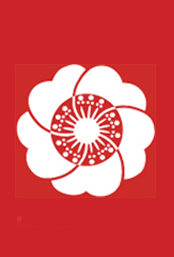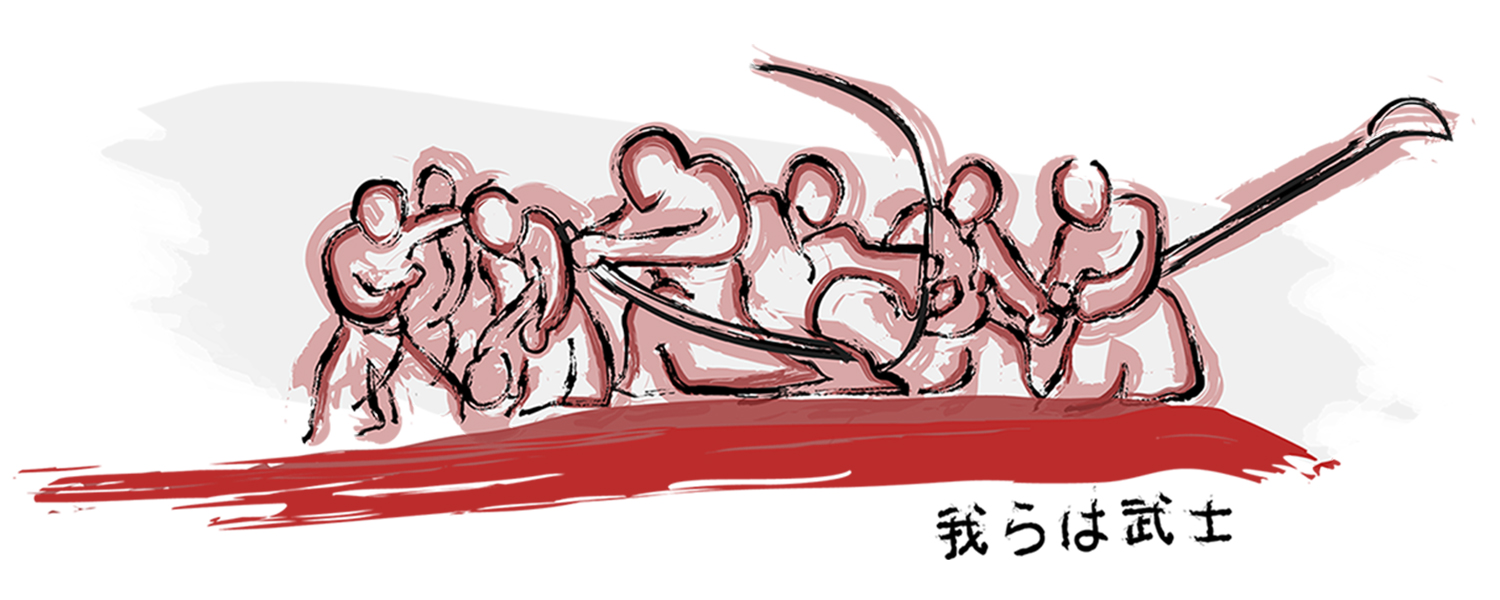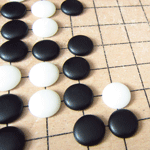Aikido
Aikido, the Way of Harmony with Ki, (the universal life force, energy), has its history and origins in the martial arts of Japan, developed by Master Morihei Ueshiba (1885-1969). Shin Shin Toitsu Aikido aka Ki Aikido was founded by master Koichi Tohei Sensei, 10th dan, the primary student of Morihei Ueshiba Sensei. Its main focus in training is Ki development through Aikido techniques. Its emphasis is on balance, rhythm, timing and grace of dynamic motion. Since these arts don't rely on physical strength, they can be enjoyed by all ages regardless of size or gender.Judo
Judo traces its roots to 1892, when Dr. Jigoro Kano developed this sport from the principles of jujitsu, a method of hand-to-hand combat dating from the samurai era of the 17th century. Dr. Kano developed “the gentle way,” using the opponent’s weight and strength against himself. Learning to fall correctly is integral to the sport. Falling without being hurt and being able to instantly resume combat is fundamental to judo. Notice that participants fall on their largest body surfaces, i.e., the back, extended legs and/or arms. Judo has been an Olympic Game sport since 1964.Karate
Karate was introduced in Japan by Okinawan master Gichin Funakoshi in 1922. Its introduction and popularity grew in the U.S. and Europe during the 1960s. Karate means “empty hand” and describes the purpose as a means of self-defense. There are no other weapons, just one’s own body, disciplined mental attitude, overcoming one’s tendency to think about the opponent’s actions and focusing instead on one’s own actions.Shorinji Kempo
Shorinji Kempo is a modern martial art founded in 1947 by Soh Doushin and is one of the largest martial art organizations in Japan today. Shorinji Kempo is a blend of China and Japanese martial arts. It is a combination of hard and soft techniques. The hardness is found in the punching, kicking, and blocking; the softness is in the drawing, grabbing, twisting, and throwing. Emphasis is on speed, accuracy, and balance rather than brute strength. Knowing the proper pressure points and techniques will allow a smaller and physically weaker individual to overcome bigger and stronger opponents. Thus anyone can master Shorinji.Kempo through dedicated practice regardless of sex, size, strength, and age. The purpose of practicing Shorinji Kempo is different from other martial arts or sports, which train for competition or tend to encourage aggression. Shorinji Kempo is purely for self- defense. Techniques are learned through mutual cooperation and practicing in pairs. The philosophy of Shorinji Kempo is based on Kongo-Zen and helps develop the mind, body, and spirit, and fosters a sense of peace and justice. The Seattle Shorinji Kempo Club was founded in the winter of 1996-1997 by Sadato Konoya, 5th dan, who since has moved, taken over by Hiroshi Onaka, 5th dan, in 2000.




